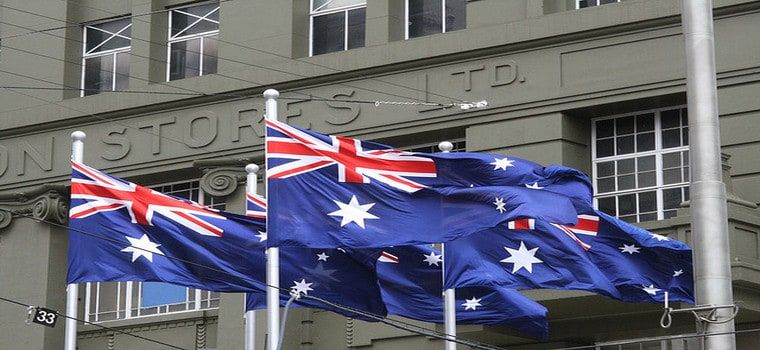Australia’s major banks—Commonwealth Bank, Westpac, ANZ, and National Australia Bank—announced 25 basis point interest rate cuts on Tuesday, following the Reserve Bank of Australia’s (RBA) decision to lower its benchmark rate for the first time in over four years.
The RBA cut its cash rate to 4.10%, citing progress on controlling inflation but remaining cautious about further easing.
This marks a shift from the 13-year high of 4.35%, reached after a series of aggressive hikes aimed at curbing inflation.
How Australian banks are responding to RBA rate cut
- Commonwealth Bank of Australia (CBA): Interest rate changes for business lending products will take effect on February 28.
- National Australia Bank (NAB): Standard variable home loan rates will drop by 25 basis points, effective February 28.
- Westpac: Home loan and deposit rates will be lowered starting March 4 for both new and existing customers.
- ANZ Group: Domestic home loan variable rates will be reduced by 25 basis points, effective February 28.
The financial sector reacted negatively, with Australia’s financials sub-index slipping nearly 1%, and shares of the Big Four banks declining.
Rate cut signals shift in RBA policy
The RBA’s move aligns with major global central banks that have begun easing monetary policies as inflation cools.
The latest consumer price index (CPI) data showed Australia’s inflation slowed to 2.4% in the December quarter, within the central bank’s 2-3% target range.
“While today’s policy decision recognises the welcome progress on inflation, the Board remains cautious on prospects for further policy easing,” the RBA said in a statement.
Despite the rate cut, the Australian job market remains strong, with unemployment hovering around 4.0% in December.
This resilience, along with concerns over sluggish household spending, may influence future rate decisions.
“There are notable uncertainties about the outlook for domestic economic activity and inflation. The central projection is for growth in household consumption to increase as income growth rises. But there is a risk that any pick-up in consumption is slower than expected,” RBA said.
Australian market reaction
- Australian 10-year government bond yields dropped nearly 20 basis points since mid-January to 4.45%.
- The Australian dollar strengthened 0.22% to 0.6340 against the US dollar.
- The ASX 200 index extended losses, falling 0.6% on Tuesday.
With Australia’s economy facing slow growth and a looming election, lower borrowing costs could provide relief to consumers and businesses.
However, the RBA signaled that further cuts will depend on economic conditions and inflation trends.
The post Australia’s ‘Big Four’ banks slash rates as central bank makes first cut since 2020 appeared first on Invezz

